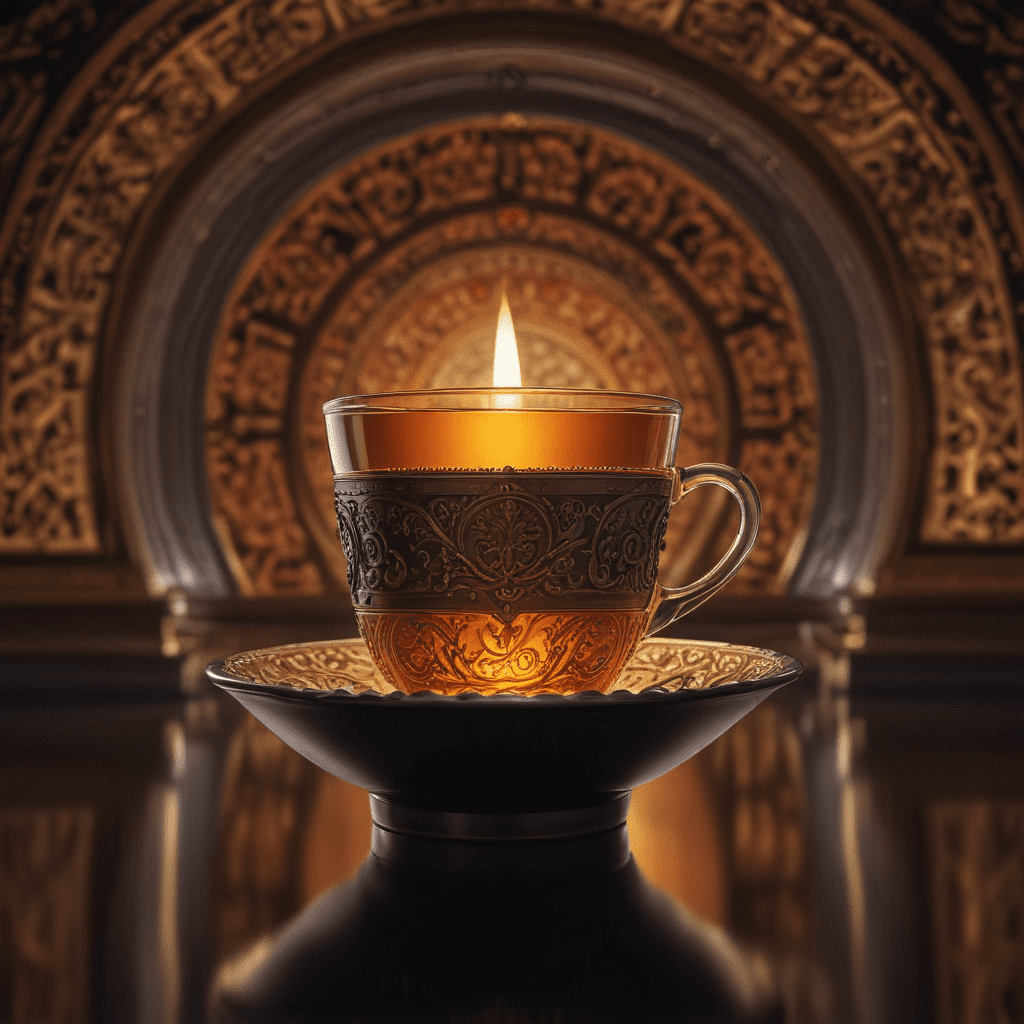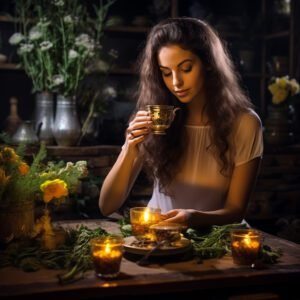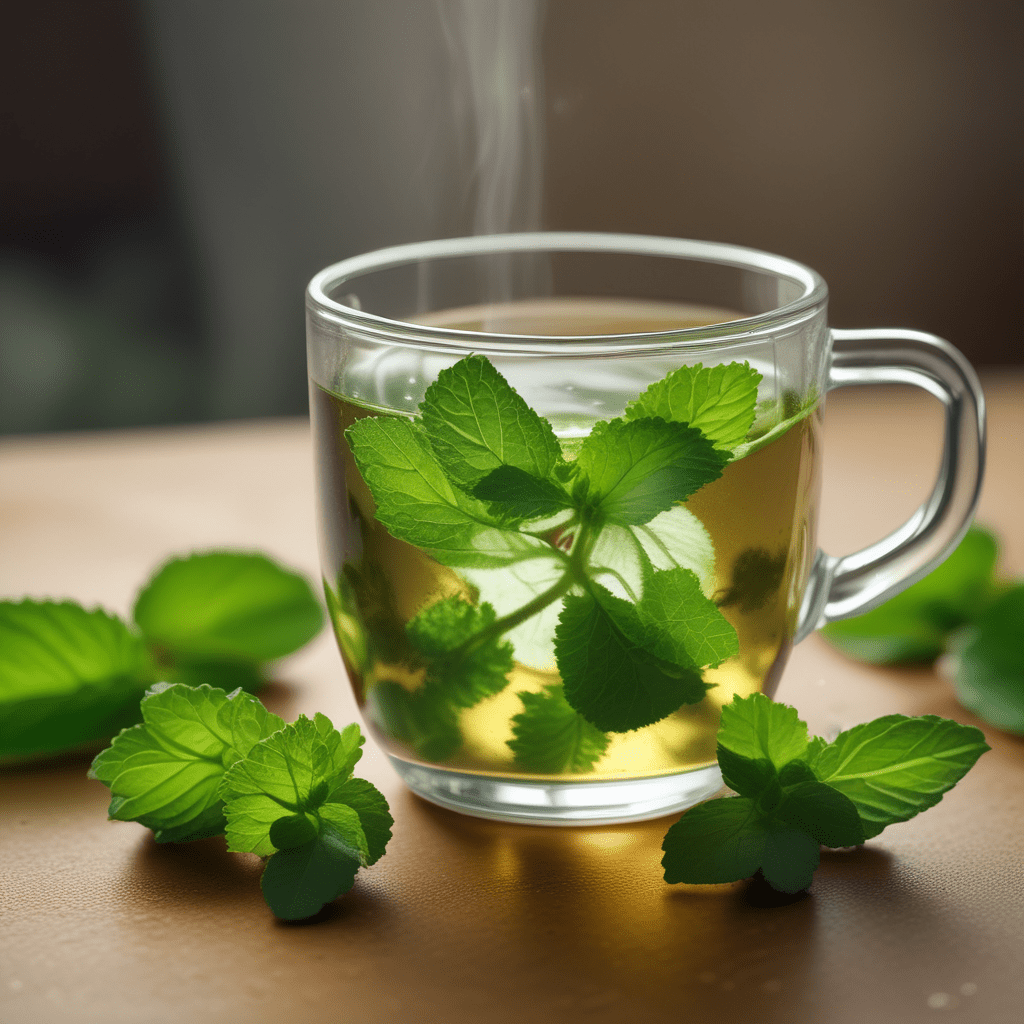
1. History of Tea in India: From Humble Beginnings to Global Icon
Aromatic and invigorating, tea in India is far more than just a beverage; it's an integral part of the nation's rich cultural tapestry. The journey of tea in India began in the 19th century, when British colonialists introduced the tea plant to the country's fertile lands. What started as a modest experiment in the state of Assam soon blossomed into a thriving industry, transforming India into one of the world's leading tea producers.
The initial focus was on cultivating the robust Assamica variety, known for its strong, malty flavor. However, India's diverse geography and climate proved suitable for other tea varieties as well, including the delicate Darjeeling tea, renowned for its muscatel notes. Over time, tea plantations spread across the country, each region developing its own unique tea-making traditions and distinct flavors.
Today, India boasts a rich and diverse tea culture, with a wide range of teas to suit every palate. From the full-bodied Assam teas to the fragrant Darjeeling varieties, from the invigorating masala chai to the soothing herbal infusions, Indian tea culture offers a delightful journey of flavors and aromas.
2. The Diverse Tea Gardens of India: A Landscape of Flavors
India's tea gardens are a breathtaking spectacle, sprawling across vast landscapes and painting the hills with vibrant hues of green. Each region boasts its own unique character, contributing to the country's rich tapestry of tea flavors.
Assam, the birthplace of Indian tea, is home to expansive tea gardens, where the robust Assamica tea thrives. The rich, malty Assam teas are the backbone of India's tea industry, enjoyed both domestically and across the globe.
Darjeeling, nestled in the foothills of the Himalayas, is renowned for its delicate and aromatic teas. The unique climate and high altitude contribute to the distinctive muscatel flavor of Darjeeling teas, making them a prized possession among tea connoisseurs.
Kangra, located in the northern state of Himachal Pradesh, produces a variety of black and green teas. The Kangra teas are known for their delicate flavor and floral notes, offering a refreshing alternative to the stronger Assam teas.
Nilgiri, situated in the southern hills of India, is known for its aromatic black teas and flavorful green teas. The Nilgiri teas possess a unique character, with hints of spices and citrus notes.
Sikkim, a small state nestled in the Himalayas, produces some of the finest organic teas in India. The tea gardens of Sikkim are renowned for their pristine environment and sustainable practices, resulting in teas with a pure and delicate flavor.
Each region contributes its own unique flavor profile to the Indian tea landscape, showcasing the incredible diversity of tea grown in the country.
3. Traditional Tea-Making Methods: A Legacy of Skill and Ritual
In India, tea-making is not merely a process but a deeply ingrained ritual, passed down through generations. Each region has its own unique traditions and methods, reflecting the cultural significance of tea in Indian society.
In the bustling tea stalls of Assam, skilled tea makers prepare the perfect cup of "chai" using a traditional method. Black tea leaves are boiled with water, milk, and sugar, creating a strong and milky brew that is the quintessential Assam tea experience.
Darjeeling's tea gardens are known for their meticulous tea-making process. The delicate tea leaves are carefully plucked and processed, using traditional methods to preserve their delicate flavor and aroma. The result is a light and fragrant tea, perfect for savoring its subtle nuances.
In the southern state of Kerala, tea is traditionally prepared using a unique method known as "kettle boiling." Tea leaves are boiled in a kettle with water and spices, creating a flavorful and aromatic brew. This method is particularly popular in the northern parts of Kerala, where tea is an integral part of daily life.
Traditional tea-making methods in India are more than just a way to prepare a beverage; they are a testament to the country's rich cultural heritage and deep reverence for tea.
4. The Chaiwala: A Vital Figure in Indian Tea Culture
The "chaiwala," or tea seller, is an ubiquitous figure in India, playing a vital role in the country's tea culture. These skilled individuals are found in almost every street corner, offering freshly brewed chai to passersby.
The chaiwala's stall is often a hub of social interaction, where people from all walks of life gather to enjoy a cup of chai and engage in lively conversations. The chaiwalas are not mere vendors but are often seen as community figures, providing a sense of warmth and camaraderie.
The art of chai-making is passed down through generations within families, with each chaiwala memiliki their own unique recipe and brewing techniques. The chaiwalas are masters of their craft, able to create the perfect cup of chai, catering to individual preferences and tastes.
From the bustling cities to the remote villages, the chaiwala is an integral part of the Indian tea experience, providing a vital link between tea producers and consumers, and playing a significant role in the country's vibrant tea culture.
5. Masala Chai: The Quintessential Indian Tea Experience
Masala chai, a spiced and milky tea, is the quintessential Indian tea experience. This aromatic and flavorful beverage is more than just a drink; it's a symbol of comfort, hospitality, and cultural identity.
Masala chai is typically prepared by boiling black tea with milk, sugar, and a blend of aromatic spices. The most common spices used include ginger, cardamom, cinnamon, cloves, and black pepper. Each spice adds its unique flavor and aroma to the chai, creating a complex and harmonious blend.
Masala chai is traditionally served hot, often in small terracotta cups known as "kulhads." The earthy aroma of the chai fills the air, inviting people to come together and share a cup of this comforting beverage.
Masala chai is enjoyed across India, from the bustling streets of Mumbai to the serene tea gardens of Darjeeling. It is a ubiquitous presence in homes, offices, and tea stalls, bringing people together and fostering a sense of community.
6. Beyond Masala Chai: Exploring India's Regional Tea Variations
While masala chai may be the most iconic Indian tea, the country's diverse tea regions offer a wide array of unique and flavorful variations. Each region boasts its own distinctive tea-making traditions, resulting in a kaleidoscope of tastes and aromas.
Darjeeling: Darjeeling, renowned for its delicate and aromatic teas, offers a variety of single-estate and blend options. The region's famous "first flush" teas are characterized by their light, floral notes, while the "second flush" teas are known for their rich, muscatel flavor. Darjeeling green tea is also gaining popularity, offering a refreshing and subtly sweet experience.
Assam: Assam, the birthplace of Indian tea, produces a range of black teas with a robust, malty flavor. The region's signature "breakfast tea" is a strong and full-bodied brew, perfect for starting the day. Assam also produces specialty black teas, such as the golden-tipped "Tippy Assam," known for its delicate flavor and floral aroma.
Nilgiri: The Nilgiri Hills in South India produce a variety of black teas with a unique character. Nilgiri teas are known for their aromatic and slightly spicy notes, with hints of citrus and menthol. The region also produces green teas, known for their refreshing flavor and delicate aroma.
Kangra: Located in the Himalayas, Kangra produces a variety of black and green teas with a delicate and floral flavor. Kangra black teas are known for their refreshing aroma and slightly astringent finish, while Kangra green teas offer a light and subtly sweet taste.
Sikkim: Sikkim, a small state in the Himalayas, is known for its organic and sustainable tea production. Sikkim teas are characterized by their pure and delicate flavor, with hints of floral and fruity notes. The region produces both black and green teas, offering a unique and refreshing tea experience.
Other regional variations: India also boasts a variety of other regional tea variations, each with its own unique character. In Kerala, "kettle-boiled" tea is popular, while in Gujarat, a strong and milky tea known as "doodhpatti chai" is a local favorite. From the delicate Darjeeling teas to the robust Assam varieties, India's regional tea variations offer a delightful journey of flavor and discovery.
7. The Social Significance of Tea in India: A Unifying Force
In India, tea is more than just a beverage; it's an integral part of the social fabric, bringing people together and fostering a sense of community. From bustling tea stalls to cozy homes, tea is a catalyst for conversations, laughter, and shared moments.
Tea stalls, or "chai tapris," are ubiquitous in India, serving as informal gathering places for people from all walks of life. These stalls offer a space for casual interactions, lively debates, and a sense of belonging. A cup of chai often serves as a conversation starter, breaking down barriers and creating a sense of camaraderie.
In homes across India, tea is an integral part of daily life. Families and friends gather over cups of chai, sharing stories, news, and laughter. Tea time is a cherished tradition, offering a moment of respite from the daily grind and fostering a sense of connection and togetherness.
Tea also plays a significant role in various social and cultural events in India. From weddings to religious ceremonies, tea is often served as a gesture of hospitality and goodwill, symbolizing respect and community spirit.
Whether enjoyed in a bustling tea stall or a cozy home, tea serves as a unifying force in Indian society, bringing people together and strengthening social bonds. Its ability to transcend social and economic barriers makes it an integral part of the country's rich cultural heritage.
8. The Rise of Specialty Teas: Embracing Modern Trends
While traditional tea varieties continue to hold a special place in India's heart, the country is also witnessing a growing interest in specialty teas. Tea connoisseurs and younger generations are increasingly seeking unique and innovative tea experiences.
Specialty tea producers are focusing on single-origin teas, artisanal blends, and innovative tea-making techniques. They are experimenting with new flavors, exploring different tea cultivars, and incorporating modern processing methods.
The rise of specialty tea cafes and online retailers is catering to this growing demand. These establishments offer a curated selection of high-quality teas, providing consumers with an opportunity to explore a world of flavor beyond traditional varieties.
The growing popularity of specialty teas reflects a shift in consumer preferences towards quality, authenticity, and unique experiences. Indian tea producers are embracing this trend, showcasing the country's diverse tea landscape and its potential to cater to a discerning global market.
9. Health Benefits of Indian Tea: A Holistic Approach to Wellness
Indian teas are not only flavorful and refreshing but also offer a range of health benefits. Tea has been an integral part of traditional Indian medicine for centuries, with its medicinal properties documented in ancient texts.
Black teas, such as Assam and Darjeeling, are rich in antioxidants, which help protect against cellular damage and reduce the risk of chronic diseases. Green teas are known for their metabolism-boosting properties and their potential to aid in weight management.
Herbal teas, such as tulsi (holy basil) and chamomile, are renowned for their calming and stress-relieving effects. They can promote relaxation, improve sleep quality, and reduce anxiety.
Spiced teas, like masala chai, offer a combination of health benefits. Ginger aids in digestion, cardamom has anti-inflammatory properties, and cinnamon helps regulate blood sugar levels.
The health benefits of Indian tea extend beyond physical well-being. The ritual of brewing and enjoying tea can be a meditative experience, promoting mindfulness and reducing stress. Tea ceremonies and gatherings foster social connections and enhance emotional well-being.
10. The Future of Indian Tea Culture: Innovation and Sustainability
The future of Indian tea culture is promising, driven by innovation, sustainability, and a growing global demand for high-quality teas.
Tea producers are embracing technology to improve tea quality, optimize production processes, and enhance traceability. Sustainable farming practices are being adopted to protect the environment and ensure the long-term viability of tea gardens.
India is also focusing on promoting its unique tea varieties and regional specialties in international markets. Tea tourism initiatives are attracting visitors to experience the diverse tea landscapes and immerse themselves in the rich tea culture.
The growing popularity of specialty teas and tea-based products, such as tea-infused beverages and skincare, is creating new opportunities for the Indian tea industry.
With its rich history, diverse tea regions, and innovative spirit, Indian tea culture is poised to continue its journey as a global leader in the tea industry, offering a world of flavor, wellness, and cultural experiences.
FAQ
What is the most popular type of tea in India?
Masala chai is the most popular type of tea in India. It is a spiced and milky tea that is enjoyed by people of all ages and backgrounds.
What are the main tea-producing regions in India?
The main tea-producing regions in India are Assam, Darjeeling, Nilgiri, Kangra, and Sikkim. Each region produces tea with a unique flavor and character.
What are the health benefits of Indian tea?
Indian teas are rich in antioxidants, which can help protect against chronic diseases. They also have anti-inflammatory and stress-relieving properties.
What is the future of Indian tea culture?
The future of Indian tea culture is promising, driven by innovation, sustainability, and a growing global demand for high-quality teas.

